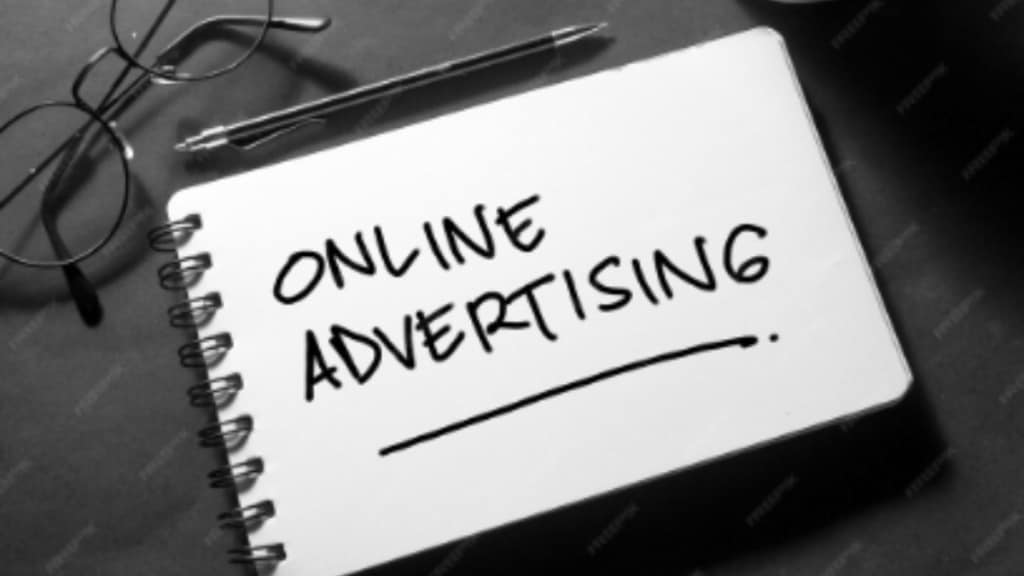Digital ad impressions more than doubled in the first 6 months of 2025 as compared to the corresponding period last year, as per the TAM report. The report also notes that e-commerce companies and social media platforms are driving this growth. The services sector remained at the forefront of digital advertisement, leading with 45% of all impressions during January to June this year. Education and personal accessories trailed closely with 7% each, with retail, computers, and BFSI making up the middle rung. Yet the actual change came in the form of new entrants. Categories such as food and beverages, durables, and personal care entered the top 10 for the first time, reflecting how even consumer-led, typically offline sectors are investing heavily in digital advertising.
Social media surge
At the category level, it was e-commerce that led the pack. Online shopping accounted for a full 12% of all impressions by itself, followed by clothing and fashion, education, and gaming. The rates of growth are a still more compelling narrative. Online shopping advertisements increased 2.5 times year-over-year, and fashion-based adverts grew by between six and ten times in certain sub-segments. Software and vehicle categories also saw healthy increases, but AV auxiliaries, a fairly specialised segment, saw the most dramatic increase of 13 times growth. Altogether, over 380 categories saw gains for the first half of the year.
The study also highlighted how social media sites dominate online ads. Instagram alone accounted for 63% of total ad impressions, leaving Facebook a far distant second with 14 % and YouTube with 9%. X (previously Twitter) took 5%, with the remainder of the digital universe left to fight over crumbs. Combined, the top five sites held an overwhelming 92 % market share, doubling down on the emphasis on placing ads on only a few players. For brands, this emphasis is both a chance to reach wide audiences and a challenge to cut through in increasingly crowded areas.
Adobe for the win
On the advertiser front, the digital environment drew over 1.1 lakh standalone advertisers within a span of six months. Adobe Software India stood as the top standalone advertiser in digital and television, followed by Blink Commerce, Grammarly, Interviewbit Software Services, Lenovo, and Mad About Sports. The presence of global technology companies, start-ups, and consumer brands indicates how broad the pool of advertisers has become despite increasing competition for eyeballs in the digital space.
As for formats and delivery, the report illustrates one of dominance. Display ads dominated with 90 % of impressions, with video coming in second at 10 %. At the same time, programmatic ad buying drove 95 % of all ad placements, well outpacing ad networks and direct buys. Automation and scale are increasingly coming to define how digital campaigns are run, echoing both the efficiency that brands crave and the difficulty smaller publishers have in matching the programmatic behemoths.
For marketers, that translates into increased competition and possibly increasing costs as they fight for consumer attention in cluttered digital environments. For shoppers, it means screens, and especially Instagram feeds, will become increasingly filled with advertisements.
